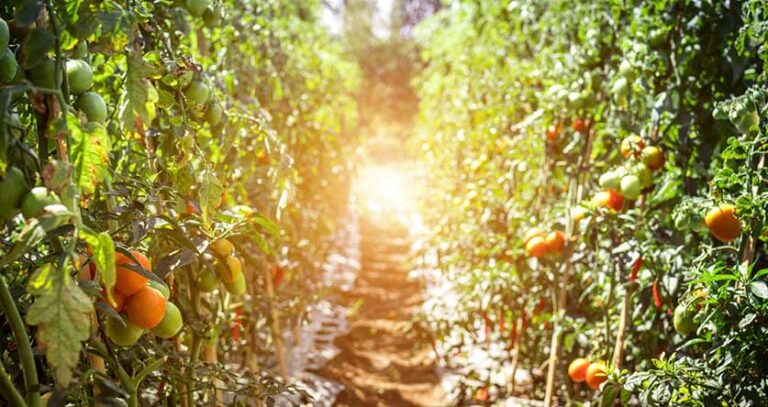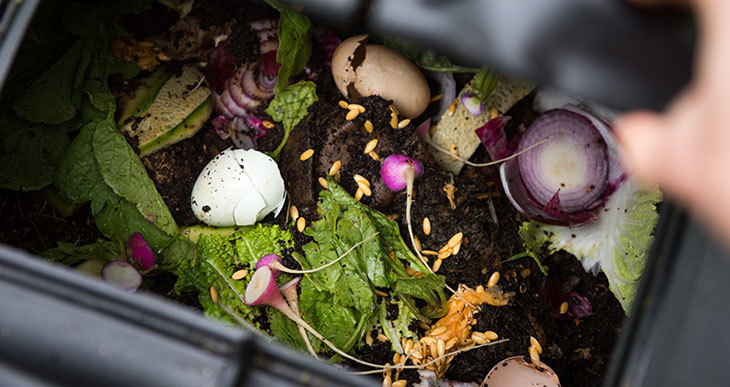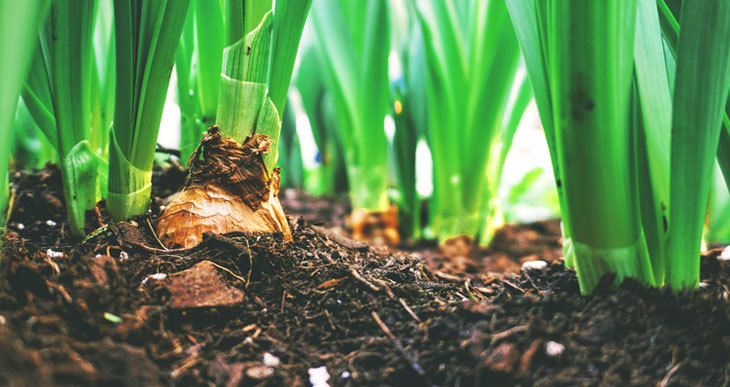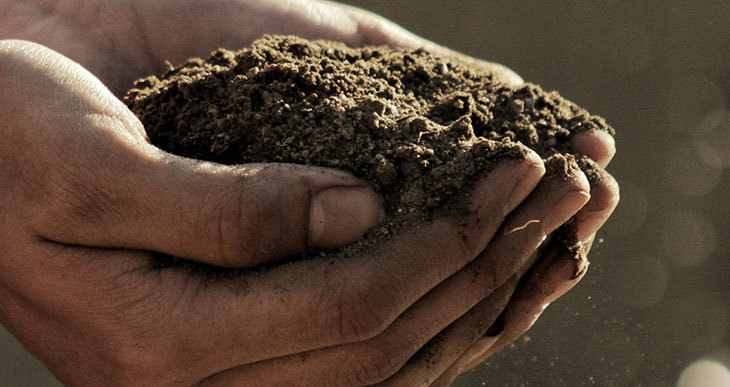How Composting Helps Slow Climate Change
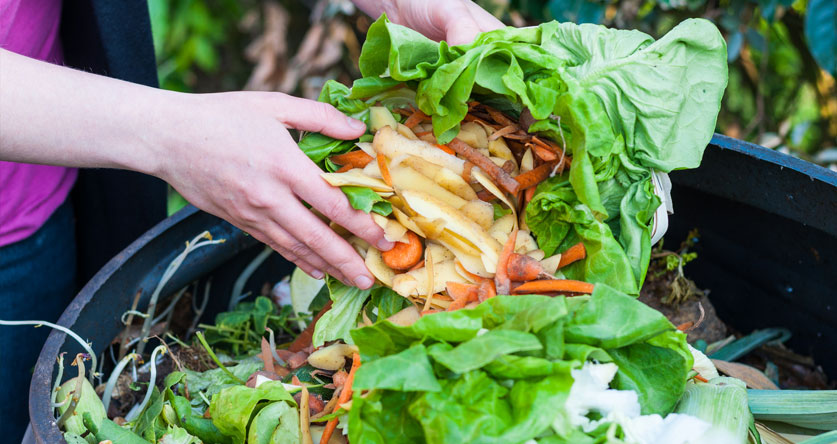
There’s no doubt about it!
We’re bringing on climate change.
Our demands for electricity, transport, and stuff to fill our homes create an ever-thicker blanket of greenhouse gasses around the earth, trapping the sun’s heat and triggering worrying changes in weather patterns.
We’re responsible for speeding up climate change, but there’s an easy thing we can all do to mitigate our impact on the environment…
One real way we can fight climate change and slow it down is by composting.
Read on to find out how composting can help heal our planet and how you can get in on the Earth-saving action.
Is Composting Good For Climate Change?
It’s beyond doubt that composting is good for climate change.
Close to half the solid waste we make is organic. We dump much of this in landfills (organic wastes make up about 25% of landfills), where it causes all sorts of trouble for our planet.
Environmental agencies worldwide claim that composting is one of the top ways to lessen the landfill load and cut down greenhouse gasses like methane and carbon dioxide.
Why Is Composting Good For Climate Change
Composting deals a quadruple effect to climate change:
#1: It reduces how much methane is released into the atmosphere.
#2: It traps carbon in the soil, lowering carbon dioxide emissions.
#3: It helps grow plants, which suck up carbon dioxide in the atmosphere.
#4: It vastly reduces the need for nitrogen fertilizers, which release nitrous oxide.
Plus, composting creates a soil supplement that makes plants healthier, stronger, and more likely to withstand climate change’s extreme weather conditions.
How Does Composting Reduce Methane?
When we compost our organic wastes rather than handing them over to landfills, we can control how they break down. Using home composting, we can give the waste air as it decomposes (aerobically), preventing them from producing methane.
Things get messy after your fruit and veggie wastes reach landfills.
Your kitchen scraps and other organic wastes get smothered by all the inorganic wastes tossed into landfills, forcing them to decompose without air (anaerobically). The organic wastes release methane as they break down in this airless environment.
Suppose we all started composting our organic wastes at home instead of throwing them away. We’d not only lighten the landfill load but could also stop these wastes from releasing methane into the air.
How Does Composting Reduce Carbon Emissions?
The carbon components used to make compost get locked into the finished compost, effectively storing it in the soil. Compost boosts plant health. The side-effect is increased plant growth that in turn absorbs additional carbon from the air.
Once the composting process is complete and you add finished compost to your garden, you’re not only being kind to your plants – you’re fighting climate change!
Compost stores carbon in the soil, keeping it out of the atmosphere. Don’t worry: carbon is good for soil health. It helps soil hold on to moisture and nutrients and gets soil-friendly microorganisms working well.
Compost also helps soak up carbon emissions in the atmosphere. Plants make this task possible. Compost encourages plant growth, and then plants take in carbon dioxide from the atmosphere.
So, compost cuts down carbon emissions while reducing the carbon already in the atmosphere.
Studies have shown that even a shallow layer of compost significantly increases the soil’s carbon storage capacity.
How To Help The Climate By Cutting Food Waste And Composting
Organic wastes can either harm the planet (if dumped in landfills) or heal it (if composted).
It’s much easier to toss organic wastes in the trash than to compost them, but once you get into the habit of composting, it will likely become a natural part of your life.
You might even get a thrill every time you throw something into your compost, knowing you’ve helped it escape methane-producing decomposition in a landfill 🙂
The essentials for aerobic composting are a balance of :
- greens (nitrogen-rich wastes like fruit and veg peels)
- browns (carbon-rich wastes such as dried leaves and cardboard)
- water (your compost should be as moist as a wrung-out sponge)
- air (you can keep oxygen flowing by turning compost regularly)

As long as you’ve got the basics right, you can compost in different ways. There’s a method to suit every home and lifestyle, whether indoors or out, in a vessel or on an open pile. How can you start finding your top composting method? Read the rest of the posts on this blog!
Composting for climate change
Remember…
The best method of composting to help the environment is aerobic (with air).
It’s important to make the distinction with anaerobic methods (without air).
Oxygen is an essential component in aerobic composting. This might sound daunting, but this is not difficult to do.
Adding oxygen to compost simply means turning it on a regular basis. You can do this in a simple compost pile or compost bin. Read my guide about how to turn compost for best results.
Alternatively, many people opt for a compost tumbler. This method makes adding air extremely simple because the whole container is raised off the ground so you can easily spin it, thus adding air to your compost mixture.
Here’s my guide about turning tumblers.
Happy composting!

